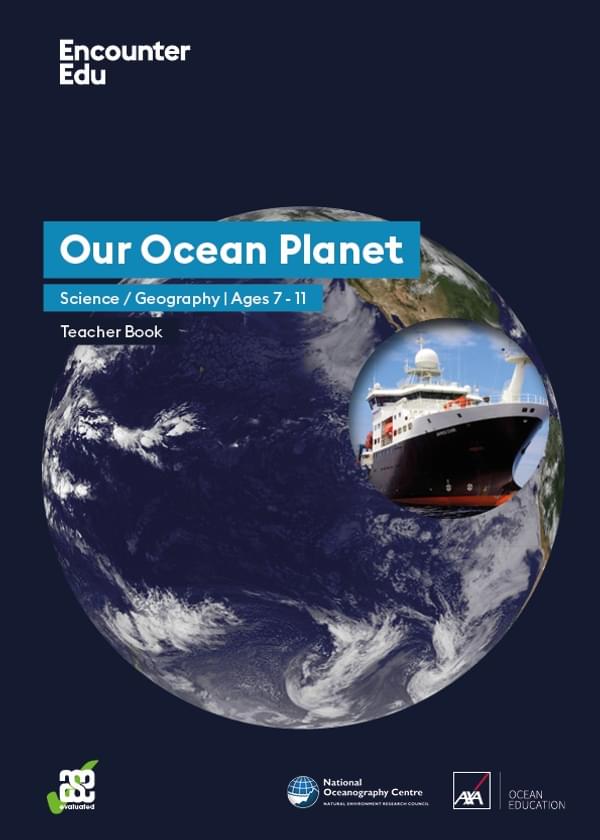Plastic bird-feeder
Out of the 13 billion plastic bottles used in the UK each year, only 7 billion are recycled. To be a plastic hero, we need to reduce the amount of plastic that we use and stop it from ever becoming waste. This activity involves rethinking how a single-use plastic bottle can have another life as a bird feeder to help nature in your garden.
Ages 7+
(adult supervision)
30 minutes
Part of:
Common Seas Ocean Plastics AcademyOverview
We live in a world full of plastic. As we learn to redefine our relationship with this material, we can find inspiration in the 6 Rs: recycle, reuse, reduce, repair, refuse, and redesign.
Many people are great recyclers but find it challenging to implement the other Rs, which have a greater impact on reducing plastic pollution.
This activity shows you step by step how to rethink a single-use plastic bottle can be used to make your own plastic bird feeder. Win-win for you and the environment.
Activity steps
- Prepare your workspace by clearing your desk, laying newspaper down, and get all of your materials out.
- Wash the plastic bottle out with water and let it dry out.
- Measure about 10cm up the bottle and draw a small circle. It needs to be about the same size as the handle of your wooden spoon.
- On the opposite side draw a larger circle, about the size of a big coin. The bottoms of the circles need to be at the same height.
- Squeeze the bottle together and carefully cut the circle out. Do not try to poke a hole in the bottle.
- Put the wooden spoons into the bottles. The big end of the spoon needs to go snugly in the big hole.
- Put the lid on the bottle.
- Use string to make a loop so you can hang the bird-feeder.
- In a tray at home, fill the bottle with seeds. The tray will stop the seeds from making a mess.
- What do your garden birds think of their new feeder? We’d love to see a photo of them enjoying it. Don’t forget to tag @commonseas when sharing anything online (and use the hashtag #SeaChampions), so we know where to look. Thank you!
Reflection
Time to consider the advantages and disadvantages of plastic as a material. Reflect by discussing the following questions with a parent or friend.
- Who might want to use a bird feeder like this?
- Why is plastic a good material for a bird feeder?
- What is good about your product?
- What could you to do make your product better?
- Why is it important to rethink plastic waste?
Further ideas
You can explore a full unit looking at design and plastics with the Ocean Plastics Design and Technology lessons for ages 11 to 14. For younger students have a look at the lesson for ages 5 to 7, What can I do? and for ages 7 to 11, try the design-focused lessons Design Technology – The plastics problem and Design Technology – The plastics solution.
Safety guidance
- This activity involves cutting through plastic and can, therefore, be quite tricky so adult supervision and the use of child-appropriate tools such as safety scissors is advised.
- If you are posting work on social media, this should be done via a parent, guardian or school account for children under the age of 13. Children over the age of 13 should still be supervised by an adult. Check out the Thinkuknow website for more guidance on online safety.
Brought to you by


